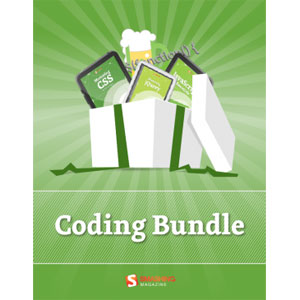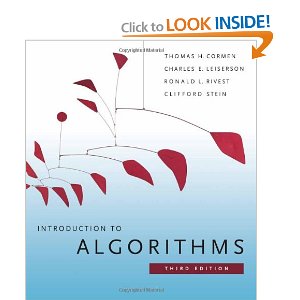Java EE 7 Developer Handbook

The seventh edition of the Enterprise Java platform is aimed at helping Java engineers take advantage of the advancements in HTML5 and web standards. Web Sockets, asynchronous input and output with Servlets, and strong type safety through the CDI containers will ensure that Java EE 7 remains popular for server-side applications.
If you are a user aiming to get acquainted with the Java EE 7 platform, this book is for you.
“Java EE 7 Handbook” provides a solid foundation of knowledge for developers to build business applications. Following the lead of Agile practices, there is a focus on writing tests to demonstrate test-driven development principles, using the embedded GlassFish 4.0 container examples and the Gradle build system. You will learn about CDI, EJB, JPA, JMS, MDB, Servlets, WebSocket, JAX-RS, Bean Validation, and so much more.
“Java EE 7 Handbook” is designed as a companion to the professional software developer who quickly needs to lookup some working code, understand the basics of the framework, and then go out and fulfill the business contract with the customer. Typically, engineers are under pressure to develop professional code that is of high quality and contains a low number of bugs. Java EE 7 Handbook relies heavily on the Arquillian framework to illustrate how much easier it is to write Java EE tests, and together with the modern practice of writing containerless applications that actually embed an application container, developing agile Java EE suddenly becomes reasonable, smart, pragmatic, and achievable.
What you will learn from this book
- Understand the JSR and the API that are assembled together for Java EE 7
- Write server side and client side WebSocket connection in Java
- Understand the essential differences and similarities between the EJB and CDI containers, as well as dependency injection
- Learn about Gradle builds, embedded containers, and the Arquillian Framework
- Build server side endpoints with EJB in stateless, stateful, and singleton modes
- Write REST server side endpoints on the client and server side
- Write asynchronous Servlet input and output and also annotated Servlet, Context Listeners
- Map entities in Java Persistence with the essential cardinalities including the Java side of many-to-many relationships
- Learn about mapping entities to stored procedures and entity graphs
- Fully understand how to verify your POJO before they hit the database with Bean Validation API
- Be prepared for the Java EE 8 journey and beyond, which may include deployment to the cloud
Approach
“Java EE 7 Developer Handbook” is an example based tutorial with descriptions and explanations.
Who this book is for
“Java EE 7 Developer Handbook” is for the developer, designer, and architect aiming to get acquainted with the Java EE platform in its newest edition. This guide will enhance your knowledge about the Java EE 7 platform. Whether you are a long-term Java EE (J2EE) developer or an intermediate level engineer on the JVM with just Java SE behind you, this handbook is for you, the new contemporary Java EE 7 developer!
Book Details
- Paperback: 634 pages
- Publisher: Packt Publishing (September 2013)
- Language: English
- ISBN-10: 1849687943
- ISBN-13: 978-1849687942














